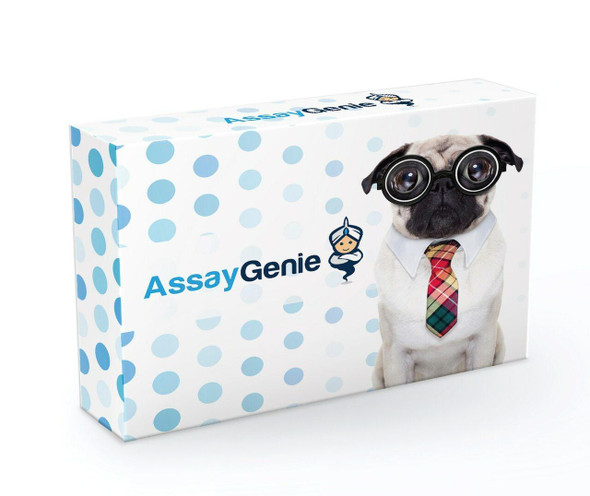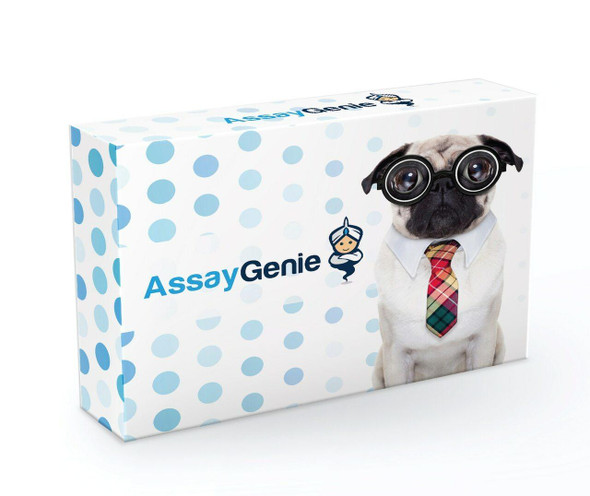Description
MRSA Monoclonal Antibody [NYR-MRSA] (CPAB0478)
The MRSA Polyclonal Antibody (CPAB0478) is a valuable tool for researchers studying Methicillin-resistant Staphylococcus aureus (MRSA), a type of bacteria that is resistant to many antibiotics. This antibody, raised in rabbits, is highly specific and reactive with MRSA samples, making it ideal for use in various research applications such as immunohistochemistry and ELISA.MRSA is a significant public health concern due to its resistance to multiple antibiotics, making infections difficult to treat and potentially life-threatening.
Understanding the molecular mechanisms of MRSA infection and antibiotic resistance is crucial for developing new treatment strategies and control measures. The MRSA Polyclonal Antibody enables researchers to detect and study MRSA proteins, furthering our understanding of this pathogen and aiding in the development of effective therapies.
| Product Name: | MRSA Antibody |
| Product Sku: | CPAB0478 |
| Size: | 500μg |
| Host Species: | mouse |
| Immunogen: | Gel-purified MRSA protein |
| Clone: | NYR-MRSA. |
| Reactivity: | Other bodies |
| Applications: | Immuneprecipitation, Western Blot, ELISA, Immunohistochemistry |
| Purification Method: | Ion exchange column. |
| Isotype: | IgG1 |
| Background: | Methicillin-resistant Staphylococcus aureus, MRSA bacterium also be referred to as multiply-resistant Staphylococcus aureus or oxacillin-resistant Staphylococcus aureus, ORSA, evolved the ability to survive treatment with beta-lactam antibiotics, including penicillin, methicillin, and cephalosporins. Common strains of MRSA are EMRSA15 and EMRSA16.EMRSA16 is best described epidemiologically & found to be identical to the ST36:USA200 strain. Under the new international typing system, ST36:USA200 strain is now called MRSA252. It is not entirely certain why this strain has become so successful, whereas previous strains have failed to persist. One explanation is the characteristic pattern of antibiotic susceptibility. Both the EMRSA15 and EMRSA16 strains are resistant to erythromycinand ciprofloxacin. It is known that Staphylococcus aureus can survive intracellularly, and these are precisely the antibiotics that best penetrate intracellularly; it may be that these strains of S. aureus are therefore able to exploit an intracellular niche. Most cases of CA-MRSA are caused by a CC8 strain designated ST8:USA300, which carries mec type IV, Panton-Valentine leukocidin, PSM-alpha and enterotoxins Q and K,and ST8:USA400. Other community-associated strains of MRSA are ST8:USA500 and ST59:USA1000. |
| Synonyms: | |
| Storage Buffer: | In lyophilized form, for long periods, store at 4°C in a dry environment. After reconstitution, if not intended for use within a month, aliquot and store at -20°C. |








